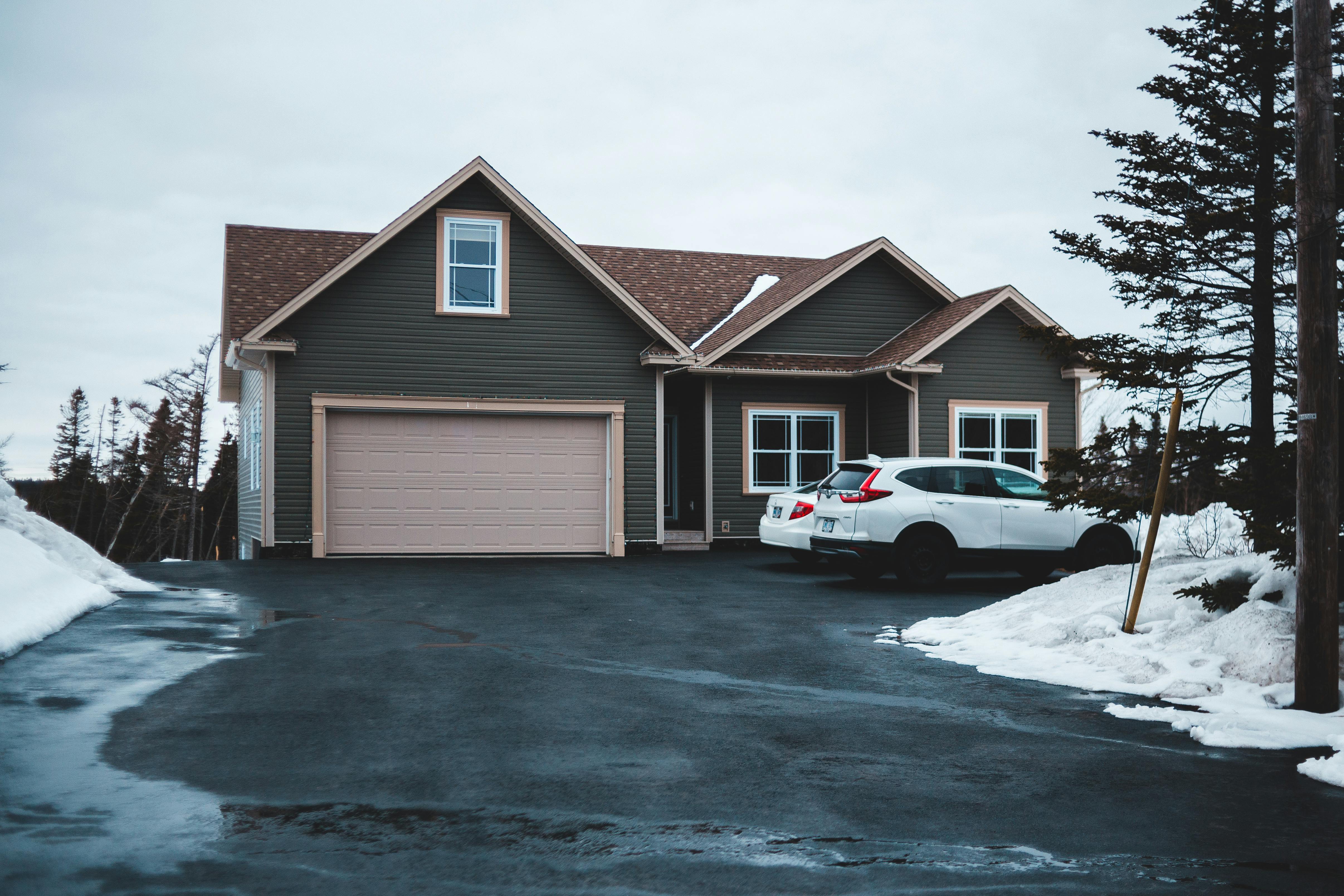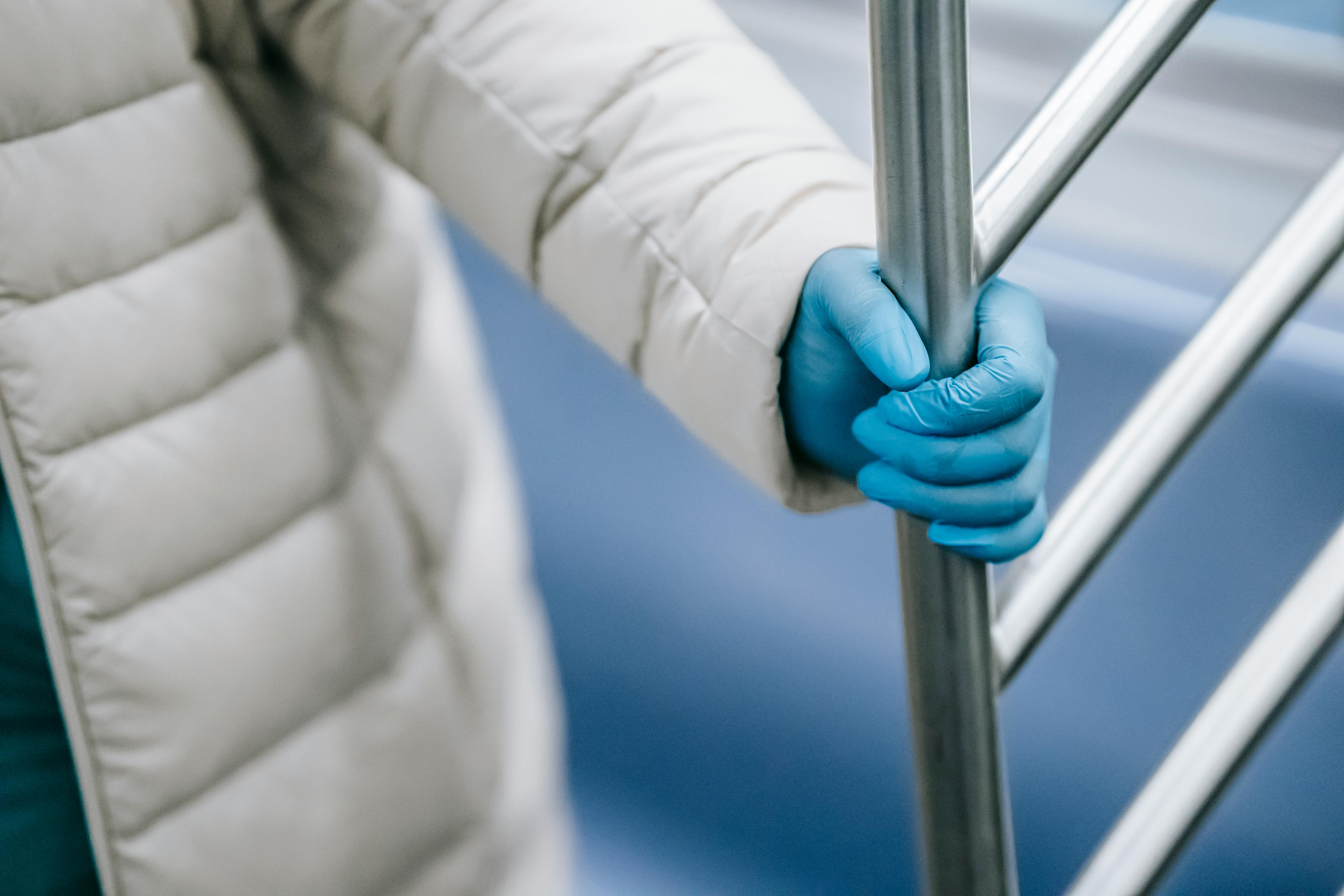Since their introduction in the late 1990s, 3D laser scanning services have provided engineering firms with a way to collect accurate spatial data of environments, spaces, and objects. Engineering companies use this data for numerous purposes, one of which is mechanical design. In this article, we look at six ways 3D scanning services benefit mechanical design.
1. Front-end engineering
Front-end engineering refers to the “front-end” of a mechanical project, a time when changes can be implemented with minimal effect on project cost. Laser scanning simplifies front-end engineering by indicating issues such as warping, under-trimming, over-trimming, and performance surface issues. Engineers correct these problems by editing a CAD data model that contains the scan information for an object. Unlike drawings produced by traditional survey methods, CAD models can be made directly from them.
2. Modernization of existing plants and facilities
Modernization is a cost-effective alternative to replacing old machines in plants and facilities. Before the refurbishment process begins, the following measurements may be required: measurement of parts that link existing technology to new technology, measurement of other items within the machinery environment (eg, piping), and Measurement of accessible floor space inside machinery. environment. Laser surveying can collect these measurements in a single survey session.
3. Manufacturing inspection
Manufacturing inspection is the inspection of manufactured parts, such as parts for bridges, traffic signals, and automobiles. Problems commonly experienced by fabricated parts include: warping, under-trimming, over-trimming, and improper thickness. Laser surveying identifies these problems by using: colormap drift, which can show warping, under- and over-clipping; cross-sectional analysis, which can identify inadequate thickness; and geometric dimensions and tolerances, which can track specific measurements on multiple parts.
4. Reverse engineering
Reverse engineering projects using scanning include designing new parts to fit legacy parts; high performance surface modeling; and redesign of parts to eliminate manufacturing defects. Laser surveying benefits reverse engineering by providing accurate data that can be expressed in editable data models.
5. Check for interference
Interference checking assesses whether design plans interfere with the existing design or are feasible in the first place. Some common interference testing concerns are: connection and separation points, pipe runs, code deviation, and feasibility of construction.
6. 3D laser scanning services for concept designs
Laser surveying allows engineers to model conceptual designs using three types of data models. The first are polygon mesh models, which are lightly editable and are used for display purposes. The second are surface models, which are editable on their surface and are ideal for modeling organic and artistic forms. The third is solid CAD models, which are fully editable and can incorporate design intent.




